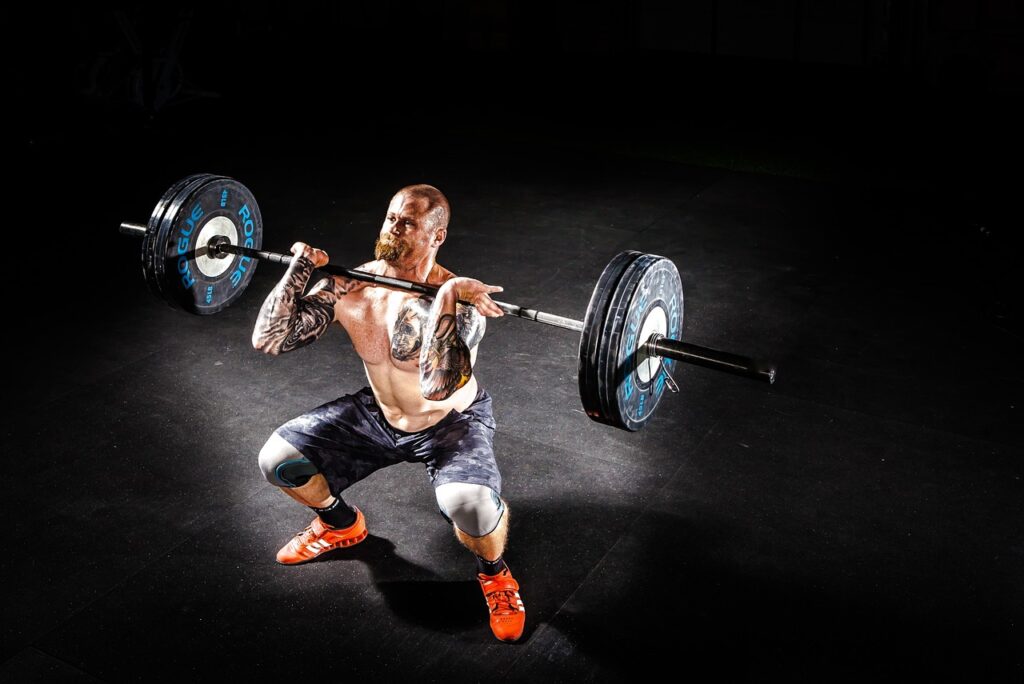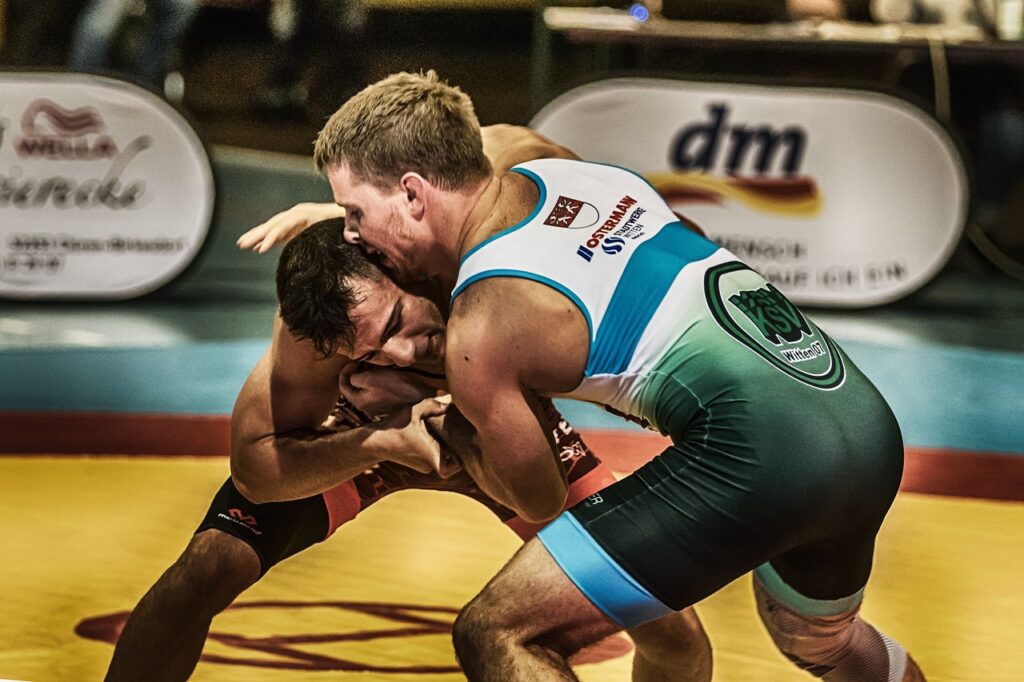
People often proudly declare, “This is just a tool; I am the weapon.” It sounds quite impressive, doesn’t it?
However, I’ve noticed that many of these same individuals rarely put in the effort to truly shape themselves into effective weapons.
There are various avenues to pursue in order to achieve this objective, including engaging in martial arts, undergoing combat mindset training, and committing to physical conditioning. In the following text, we will delve into the fundamental principles of such training.
These principles lay the foundation for establishing an effective training regimen and attaining a commendable level of athleticism.
Depending on the source, you might come across 4 to 10 fitness training principles. In this discussion, we will focus on 4 principles that I consider to be the most crucial.
- Overload

According to Shibata et al. (2021)¹,
The overload principle is an important concept based on the principle that patients must continually work harder to increase motor function.
Essentially, it implies that if you aim to boost your level of fitness, you should progressively increase the intensity of your exercises. This could involve consistently adding weights during your workouts, aiming to run faster or farther in each session, or even completing an additional repetition each day.
- Specificity
According to Kasper, K (2019)²,
Incorporating specific tasks of a sport will induce neuromuscular and metabolic adaptations to improve specific structure, fitness, and exercise economy of the overloaded muscle groups . Training should be directed at improving the fitness/performance of a sport’s distinct key components.
You won’t improve in swimming unless you practice swimming. The same goes for your combat skills.

- Reversibility
"The body adapts to cessation of a specific activity and inadequate training load with atrophy and fitness/performance decrements" (Kasper, K, 2019)²
In other words, if you are dedicated to fitness and, in our case, to achieving the level of conditioning necessary to effectively defend yourself and those who depend on you, you should never cease training. Otherwise, the benefits gained from your efforts will gradually diminish.
- Individuality
The principle of biological individuality addresses the fact that even for individuals of the same biological sex, age, ethnicity and with some similar phenotypic attributes (weight, height, body composition, among others), the physiological responses to a training program will have an impact distinct. ³
Sometimes life is unfair. You can work out harder than someone else and still achieve fewer results. Most of us could train consistently but never manage to complete a 100m run in under 10 seconds. This is due to the principle of individuality. Every person is unique, and this uniqueness is reflected in how their training affects them.
Final thoughts
The evidence about the health benefits of regular physical activity is well established and so are the risks of sedentary behaviour. Exercise is dose dependent, meaning that people who achieve cumulative levels several times higher than the current recommended minimum level have a significant reduction in the risk of breast cancer, colon cancer, diabetes, ischemic heart disease, and ischemic stroke events. Benefits of physical activity have been reported for numerous outcomes such as mortality, cognitive and physical decline, glycaemic control, pain and disability, muscle and bone strength, depressive symptoms, and functional mobility and well-being. Overall benefits of exercise apply to all bodily systems including immunological, musculoskeletal, respiratory, and hormonal. Specifically for the cardiovascular system, exercise increases fatty acid oxidation, cardiac output, vascular smooth muscle relaxation, endothelial nitric oxide synthase expression and nitric oxide availability, improves plasma lipid profiles while at the same time reducing resting heart rate and blood pressure, aortic valve calcification, and vascular resistance. (Posadski et aç., 2020)4

Working out is an effective way to enhance one’s combat skills, prevent diseases, and acquire abilities that could be valuable for self-defense, such as practicing martial arts.
Establishing a well-structured exercise routine yields greater benefits and should be grounded in at least the principles mentioned above.
Therefore, I strongly advise individuals intending to engage in an intensive physical training program, as well as those who were previously sedentary, to seek guidance from a professional both before and during their training sessions.
Transform into the weapon you aim to be.
References:
- Shibata, T., Tashiro, S., Shinozaki, M., Hashimoto, S., Matsumoto, M., Nakamura, M., … & Nagoshi, N. (2021). Treadmill training based on the overload principle promotes locomotor recovery in a mouse model of chronic spinal cord injury. Experimental Neurology, 345, 113834.
- Kasper, K. (2019). Sports training principles. Current sports medicine reports, 18(4), 95-96.
- França, E. F., Antunes, A., Da Silva, A. C., Guerra, M. L. M., Cossote, D. F., & Bonfim, J. C. O. (2022). Concepts and principles of sports training: A narrative review based on the classic literature of reference. Int. J. Phys. Educ. Sports Health, 9, 214-217.
- Posadzki, P., Pieper, D., Bajpai, R., Makaruk, H., Könsgen, N., Neuhaus, A. L., & Semwal, M. (2020). Exercise/physical activity and health outcomes: an overview of Cochrane systematic reviews. BMC public health, 20, 1-12.




